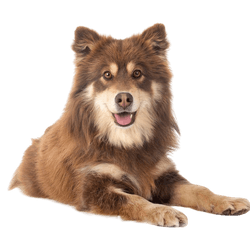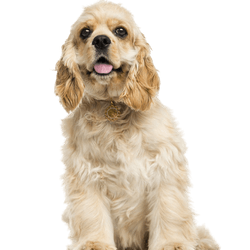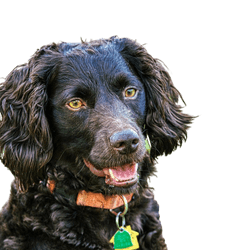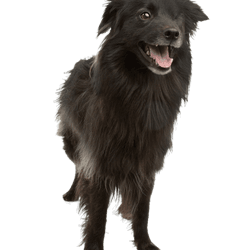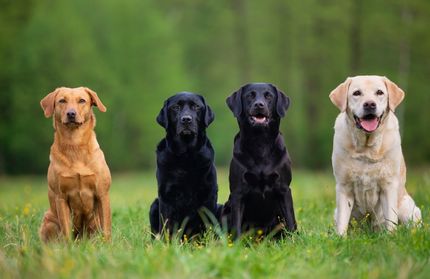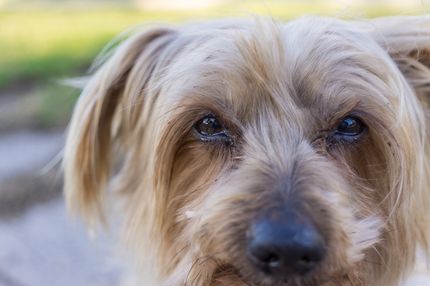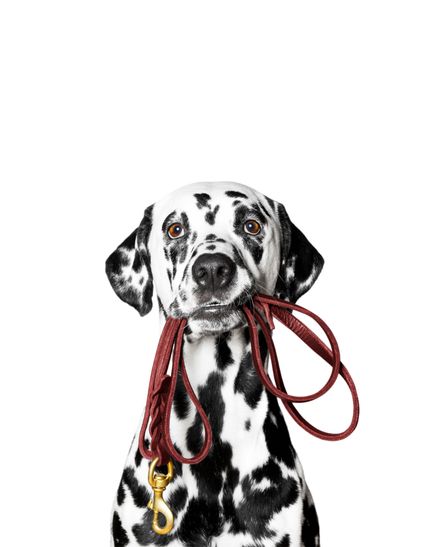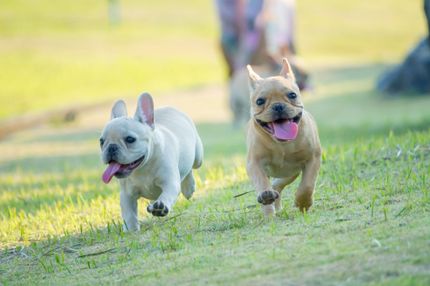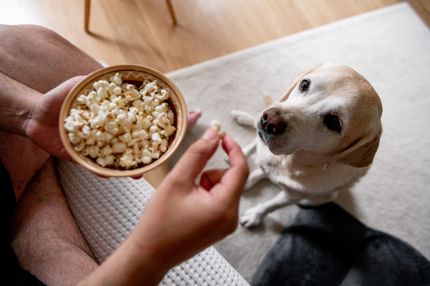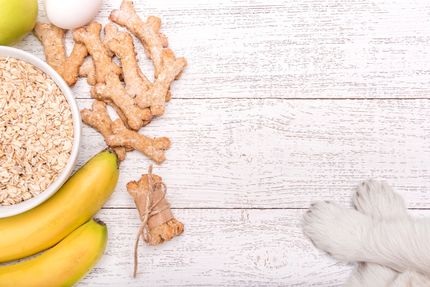Facts & Origin
Origin and history
The Irish Glen of Imaal Terrier originates from the remote and rugged Glen of Imaal region in Ireland. Unlike many other terriers, this breed received little attention for a long time and was only recognized as a breed in its own right in the 20th century. The original breeders were farmers and soldiers who were given land in this area in the 16th and 17th centuries.
Use in the past and today
These dogs were not bred for beauty, but had to prove themselves as hardy working animals. They helped with hunting, were used to drive mill wheels and were even feared in dog fights - a practice that is fortunately a thing of the past today. It was not until 1934 that the breed was officially recognized by the Irish Kennel Club and a breeding standard was introduced.
Ideal for terrier lovers
The Glen of Imaal Terrier is a calm and composed dog that is less barky than other terriers. He is often patient and friendly, which makes him an ideal family dog. Nevertheless, it has the typical terrier character, which means that it can be courageous, independent and sometimes a little stubborn. For those who love the terrier characteristics but are looking for a calmer representative of this breed group, the Irish Glen of Imaal Terrier is the perfect choice. Its loyalty, intelligence and friendly nature make it a beloved companion in many households.
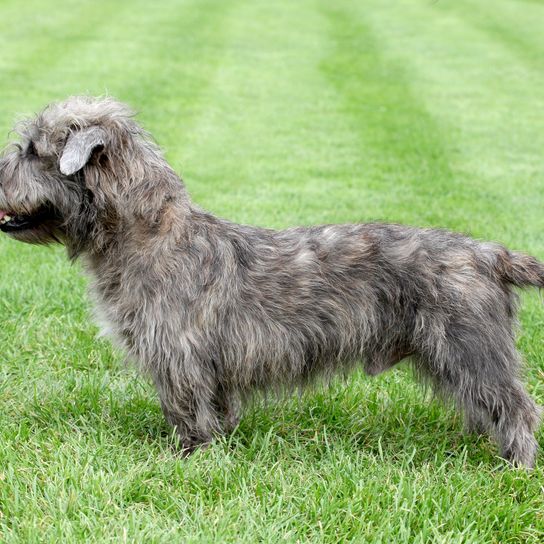

| Alternate Name | - |
| Origin | Ireland |
| Life expectancy | 12 - 13 years |
| Care requirements | low-maintenance |
| Activity level | average |
| FCI group | Large and medium sized Terriers |
| AKC group | Terrier Group |
| KC group | Terrier Group |
Attitude, character and temperament of the breed
Nature and character
Despite its past as a working dog, the Irish Glen of Imaal Terrier is a friendly and adaptable companion. He is considered calmer than many other terriers, but shows great courage and determination when it counts.
As a hunting dog, he works silently, is very agile and has impressive stamina.
Loyalty and family ties
In everyday life, however, he is balanced, gentle and eager to learn, which makes him a valued family dog. He is loyal, attentive and always ready to protect his loved ones.
Social characteristics
- With other animals: Early socialization is recommended to ensure harmony with other pets.
- With children: The Glen of Imaal Terrier is generally considered child-friendly, but as with all dogs should always be supervised.
Usage
Grooming requirements
The Irish Glen of Imaal Terrier has a dense, rough coat that requires regular attention. The coat should be brushed thoroughly at least once a week to remove tangles and loose hair. It is also recommended to trim it every few months. Ears and eyes should also be checked weekly for signs of infection or foreign bodies.
Regular teeth cleaning helps to prevent tartar and associated health problems.
Health
The Irish Glen of Imaal Terrier is generally robust and healthy. However, as with all dog breeds, there are certain genetic problems that should be watched out for. Regular visits to the vet and annual check-ups are recommended to ensure that any health problems are identified and treated early.
Breeding
Breeding the Irish Glen of Imaal Terrier should be done responsibly and with a clear focus on the health and temperament of the breed. Before breeding begins, potential breeding dogs should be tested for genetic diseases. Puppies should be socialized at an early age to ensure that they are well adjusted and compatible as adults.
Breeding should always be done with the aim of bringing out the best characteristics of the breed and minimizing health problems.

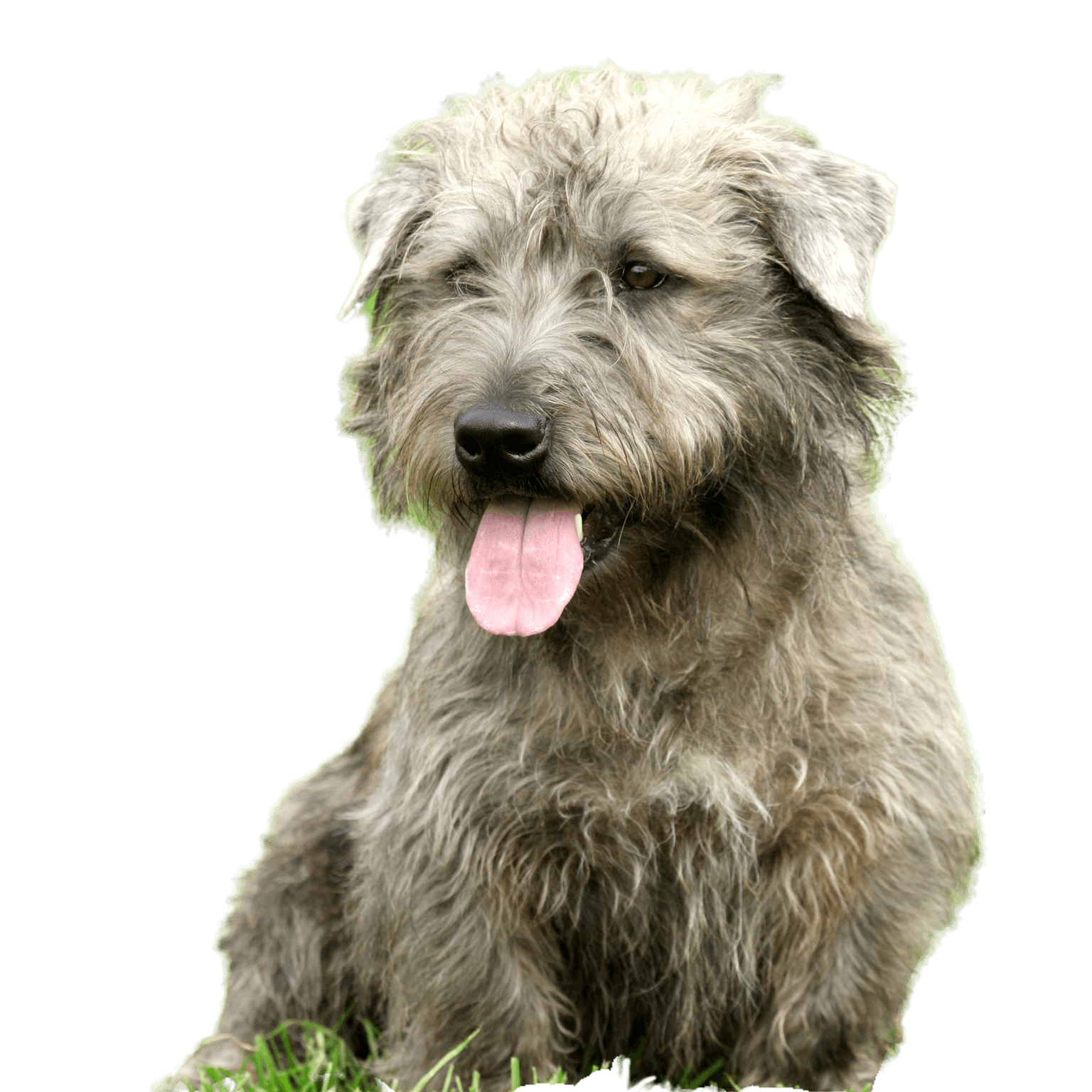
Appearance - Small but powerful
The Irish Glen of Imaal Terrier is a compact, low-set dog that exudes exceptional strength and robustness despite its small size. Its body is longer than it is tall, giving it a low but sturdy build. Its strong musculature is particularly striking, making it suitable for heavy work.
Its medium-length, rough-haired coat gives it a weatherproof appearance and is complemented by a dense undercoat that protects it from the cold.
Head and expression
The head of the Irish Glen of Imaal Terrier is broad and strong, with a well-defined stop. The muzzle is strong and tapers slightly towards the nose.
- The eyes are medium sized, round and set wide apart. They show a friendly and alert expression, their color is usually dark brown.
- The ears can be carried semi-erect or as rose ears. Fully drooping or erect ears are not desirable.
- The teeth are strong with a scissor bite.
Build and musculature
The back is straight with a slight slope to the rear, while the loins are strong. The chest is broad and well arched, giving the dog an imposing appearance.
The tail is set high and carried jauntily. In some countries the tails of puppies are still docked, but a natural tail is also permitted in countries where docking is prohibited.
Limbs and movement
The Irish Glen of Imaal Terrier has short but strong limbs that make it fast and agile.
- The forelegs are short and slightly arched, but with good bone strength. The paws are compact and strong, slightly turned outwards.
- The hindquarters are strong and well muscled, with good angulation in the stifle joint and stable hocks.
His gait is ground covering and effortless, although a tap-dancing "hackney" gait should be avoided.
Coat and colors
The medium-length, rough coat gives the Irish Glen of Imaal Terrier a robust appearance. The dense undercoat provides additional protection from the cold and wet. The coat may be trimmed to give the dog a neat and tidy appearance.
Typical colors are:
- Blue brindle - without a black tinge
- Wheaten colors - from light wheaten to reddish-gold
Puppies often have darker masks or stripes on their back, tail and ears, which lighten as they grow.
Size and weight
- Height at withers: males maximum 35.5 cm, females slightly smaller
- Weight: males around 16 kg, bitches correspondingly lighter
Known Diseases
Progressive Retinal Atrophy (PRA)
Progressive retinal atrophy (PRA) is a slowly progressive death of the retina in dogs.
FAQ
-
The Irish Glen of Imaal Terrier originates from the remote Glen of Imaal region in Ireland. There it was originally used by farmers as a multi-purpose dog - for hunting, as a guard dog and even to drive mill wheels.
-
Yes and no. It has many typical terrier characteristics such as courage, alertness and hunting instinct, but is calmer and less excitable than other terriers. He barks little and often works silently.
-
The breed is compact and strongly built, but remains small:
- Height at withers: maximum 35.5 cm in males, females slightly smaller
- Weight: approx. 16 kg for males, females slightly lighter
-
Yes, he is a friendly and loyal companion who integrates well into families. His even-tempered nature makes him a pleasant house dog. He loves his people, but can be reserved towards strangers.
-
He is intelligent and eager to learn, but also stubborn. Consistent but loving training is important. He responds well to positive reinforcement and should be socialized at an early age.
-
The rough-haired coat with a dense undercoat needs to be brushed regularly and trimmed occasionally to keep it well-groomed. It is weatherproof and does not tend to shed.
-
He can be dominant towards other dogs, especially those of the same sex. Early socialization helps to train him to be compatible.
-
The Irish Glen of Imaal Terrier is considered robust and healthy, but can develop a genetic eye disease called PRA (Progressive Retinal Atrophy). Reputable breeders have their dogs tested for this.



